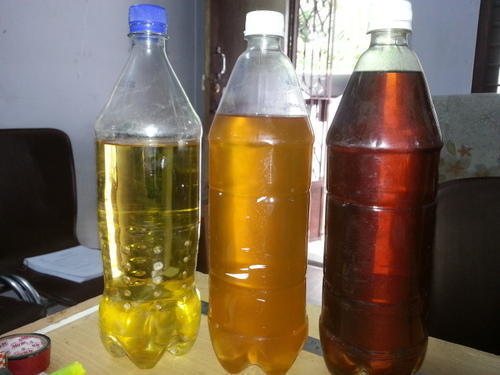In the battle against plastic pollution and the urgent need for sustainable waste management solutions, innovative technologies like plastic to oil pyrolysis have emerged as game-changers. Pyrolysis, a process that breaks down plastic waste into usable fuels, holds immense promise in addressing environmental concerns while creating economic opportunities. This article delves into the intricacies of plastic pyrolysis plant, exploring its benefits, challenges, and potential to revolutionize recycling practices globally.

Understanding Plastic to Oil Pyrolysis:
Plastic to oil pyrolysis involves the thermal decomposition of plastic waste in the absence of oxygen, leading to the production of liquid fuels, gases, and solid residues. This process typically occurs at temperatures ranging from 300°C to 900°C, depending on the type of plastic and desired output. Through controlled heating, plastics undergo molecular breakdown, transforming complex hydrocarbons into simpler compounds like crude oil, diesel, and gas.
Benefits of Plastic to Oil Pyrolysis:
Waste Management Solution: Tyre pyrolysis equipment offers a viable method for managing plastic waste that is otherwise difficult to recycle or dispose of. By converting plastics into valuable fuels, it mitigates the burden on landfills and reduces environmental pollution.
Resource Recovery: Pyrolysis enables the recovery of energy and resources embedded in plastic waste. The produced fuels can be used for various applications, including transportation, heating, and electricity generation, reducing reliance on fossil fuels.
Economic Opportunities: The conversion of plastic waste into marketable fuels creates economic opportunities, fostering job growth and revenue generation in recycling industries. Moreover, it incentivizes the collection and recycling of plastic waste, contributing to a circular economy.
Carbon Footprint Reduction: Plastic to oil pyrolysis has the potential to lower carbon emissions compared to traditional methods of plastic disposal, such as incineration or landfilling. By harnessing energy from waste plastics, it promotes a more sustainable approach to resource utilization.

Challenges and Limitations:
While plastic to oil pyrolysis offers numerous benefits, several challenges and limitations must be addressed for its widespread adoption:
Technological Complexity: Implementing pyrolysis technology requires significant investment in infrastructure and expertise, particularly in optimizing process efficiency and ensuring environmental compliance.
Feedstock Contamination: The quality and composition of feedstock significantly influence the pyrolysis process and product yield.
Contaminants in plastic waste, such as additives and impurities, can affect the quality of the resulting fuels and increase operational challenges.
Environmental Concerns: Despite its potential environmental benefits, pyrolysis operations must adhere to stringent emissions standards to prevent air and water pollution. Proper waste handling and emissions control measures are essential to mitigate potential environmental risks.
Market Viability: The economic viability of plastic to oil pyrolysis depends on various factors, including feedstock availability, energy prices, regulatory frameworks, and market demand for alternative fuels. Achieving cost competitiveness with conventional fossil fuels remains a key challenge for widespread adoption.
Future Outlook and Opportunities:
Despite the challenges, plastic to oil pyrolysis holds immense promise as a sustainable waste management solution and alternative energy source. Continued research and development efforts are essential to overcome technical barriers, improve process efficiency, and enhance environmental performance. Additionally, policy support and public-private partnerships can facilitate investment in pyrolysis infrastructure and promote market incentives for recycled products.
Conclusion:
Plastic to oil pyrolysis represents a transformative approach to recycling waste plastics, offering a pathway towards a more sustainable and circular economy. By converting plastic waste into valuable fuels, this innovative technology addresses environmental concerns, fosters resource recovery, and creates economic opportunities. However, realizing the full potential of pyrolysis requires concerted efforts from governments, industries, and communities to overcome challenges and accelerate adoption. With continued innovation and investment, plastic to oil pyrolysis can play a pivotal role in shaping a greener, more resilient future.